In Conversation with Brittany Maffei, Water Treatment Plant Operator
Published on by Water Network Research, Official research team of The Water Network in Case Studies
AquaSPE Founder and CEO Trudi Schifter had the opportunity to take a tour of the Water and WasteWater treatment plant in Martin County near Stuart, Florida where she talked with Brittany Maffei , Plant Operator.
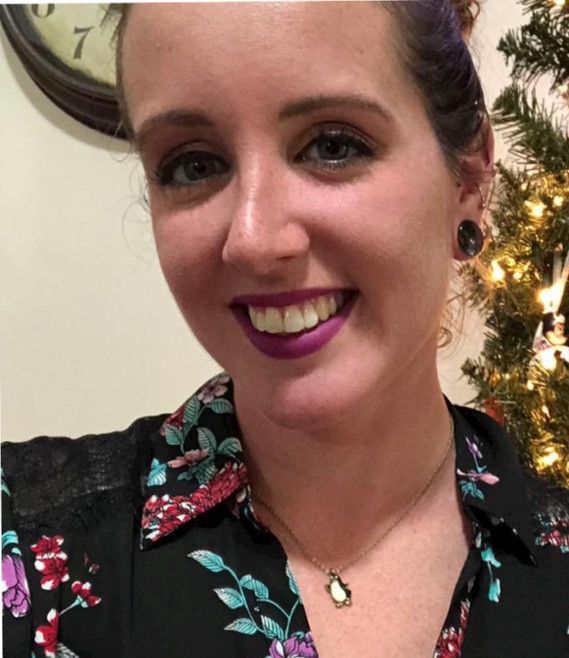 Thank you for taking the time to give us a tour Brittany. It is great to see a smart young lady like yourself in this position. What motivated you to become a Water & Wastewater Treatment Plant Operator?
Thank you for taking the time to give us a tour Brittany. It is great to see a smart young lady like yourself in this position. What motivated you to become a Water & Wastewater Treatment Plant Operator?
Since I can remember I have always been curious and passionate about water utility services because my Step-Father was a Class A Wastewater Treatment Plant Operator and would bring me to the plant for tours and demonstrations when I was very young. I am very fortunate to have my Step-Father who encouraged me to pursue a career in this industry. In October 2013 I started as a Water Treatment Plant Operator Trainee and I’m currently a Class A Drinking Water Operator. In 2017 I passed my Wastewater C examination and I’m 532 hours away from obtaining my C license in Wastewater. I’m hoping to be dual A licensed within the next 5 years. I love my job and the great team of people that I get to work with every day.
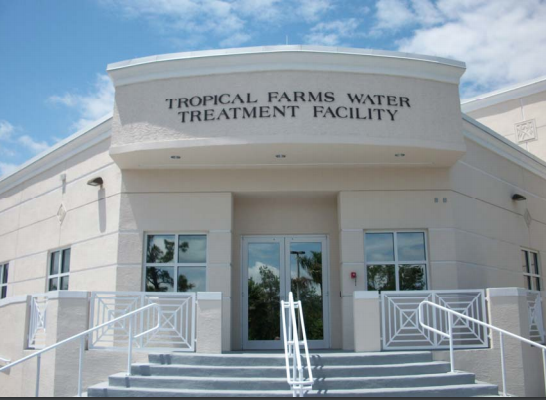 From a high-level perspective tell us about your two plants. What kind of population do you serve? What is the source of water and what kind of technology do you employ?
From a high-level perspective tell us about your two plants. What kind of population do you serve? What is the source of water and what kind of technology do you employ?
The Tropical Farms Water and Wastewater facility is one of two treatment facilities in Martin County Florida, this location and the North Jensen Facility.
We provide an average of 6 million gallons a day (MGD) of clean, tasty drinking water to about 95,000 customers. The source water is from the Floridan aquifer (1300-1400 feet deep) and blended with the shallow surficial aquifer (70-100 feet deep). This source water is high in sulfides and salt that are the primary focus of our chemical treatment and two stage RO filtration systems. The system was built in 2008 and the RO system is equipped with Hydronautic ESPA II membranes. Each vessel can handle 1300 gallons of permeate per minute. We also have an energy recovery turbine to recover energy from the first stage concentrate into the second stage feed.
Our WWTF has a maximum rated capacity of 5.9 MGD and provides reuse (irrigation quality) water to local golf courses and residential subdivisions within the County as well as a biosolids facility.
Of course the treatment processes for water, wastewater, irrigation quality (reuse) water, and biosolids meet all of the requirements established by the federal, state, and local regulatory agencies.
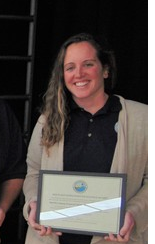 Congratulations! I understand that you won the Florida Department of Environmental Protection Plant Operations Excellence Award in 2018 for Water AND Wastewater. To what do you attribute this?
Congratulations! I understand that you won the Florida Department of Environmental Protection Plant Operations Excellence Award in 2018 for Water AND Wastewater. To what do you attribute this?
Our operations are managed extremely well thanks to excellent procedures put in place that are implemented by a competent and dedicated team. I am proud to be a part of this team and fortunate to learn every day from our management. James Raymond Wieber the chief of the Wastewater Treatment Plant, is a great supervisor as well as mentor. We are really fortunate to have Sam Amerson as our Director who is not just knowledgeable about every detail of our facilities, but also a great team leader and shares his 24 years of public works experience.
Why does your water taste so good, and that just up the road in Fort Pierce where I live taste and smells like Chlorine?
First, I can assure you that the water from our facility and the one further up north that you mention provide safe clean drinking water. The difference in taste has to do with differences in source water as well as differences in chemical treatment/process that are used at different facilities. Different plants will utilize treatment process that fit their needs to treat the source water that they have available for their customers.
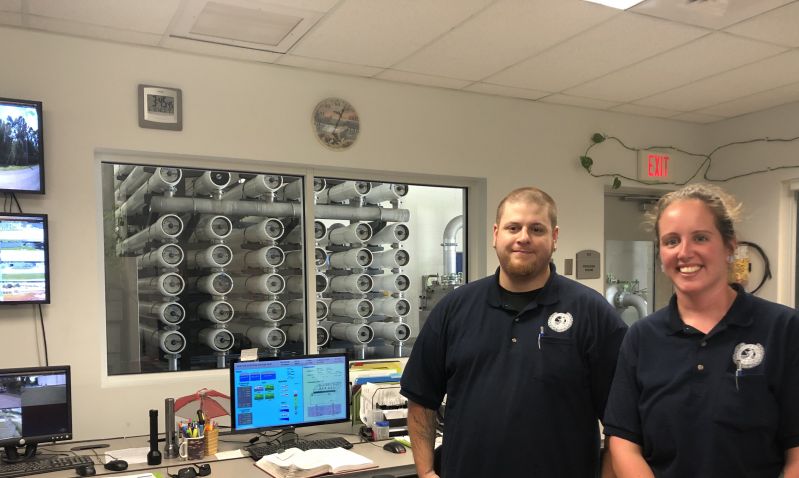 What kind of quality monitoring do you do?
What kind of quality monitoring do you do?
This is Everett and he is the evening shift operator at the water treatment plant. During a shift at the water plant the operator will monitor the SCADA system as well as run tests to ensure that all treatment parameters are being met. These tests include pH, chlorine residual, turbidity, iron, and ammonia. Our 2018 Drinking Water Quality Report is available online.
With your water source coming from the Floridan Aquifer and running at 75% capacity, what is your plan for sustainable growth to supply the coming needs for drinking water?
We have a build-out plan through 2045 that includes investment in facilities, alternative water supplies, resiliency and regional cooperation. From my perspective we manage very well regionally and will continue to improve in the future to reuse water and provide regional water interconnects. The bigger challenge is the sustainable use of our aquifer and finding alternative water supplies.
Why has the WWTP facility transition from disc filters instead of the traveling bridge filters?
My understanding is that disc filters have less maintenance cost and will allow the wastewater treatment plant to treat more water in the future with a smaller footprint.
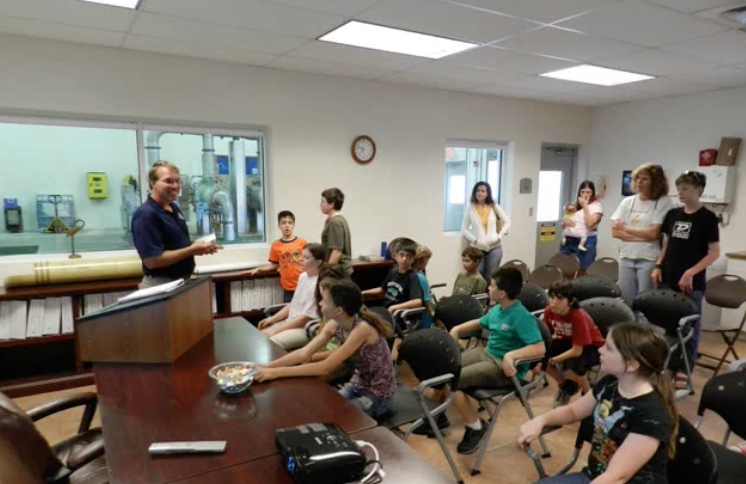
 How do you engage with the local community?
How do you engage with the local community?
Our website has a lot of information about the facility, process and education about conservation and what should not go in the toilet.
We bring in a summer intern that is a recent high school graduate in our local community. This helps to introduce young adults to a field they may potentially be interest in pursuing a career in. The intern shadows the operator and learns about the treatment of water and wastewater.
Every 6 months we conduct a CARES tour where citizens are invited out to our treatment facility for a plant tour and lunch. We provide a learning session about water, wastewater, and landfill operations. The tour is very well liked and we always have a full classroom.
Our Director presents our plans on an ongoing basis to local/regional authorities, professionals, & interested citizens.
Find out more about the Martin County Florida Utilities HERE
Read More Interviews from the 'In Conversation With' Series
by The Water Network
Editorial about biosolids by Trudi Schifter: These comments are my own and do not reflect any policy or opinion of Brittany, or Martin County Utility professionals.
The Tropical Farms facility has a state of the art biosolids facility. When I was there they seemed only to be using the facility to provide unclassified disinfected Biosolids. Since the treatment and removal of sludge is such a big issue with our members and many of the utilities I talk to, I find this curious that a facility that has the capability to provide value and sell Fertilizer does not. Apparently in Florida and many States there is work to be done in the acceptance of AA Fertilizers to farmers. The argument of investing to get value from "waste" is strong. But if in this case we have a sophisticated facility that meets all the standards and the business is not there this points to issues in the development of the market that lies beyond the boundaries of WWTP facilities. Your comments welcome.
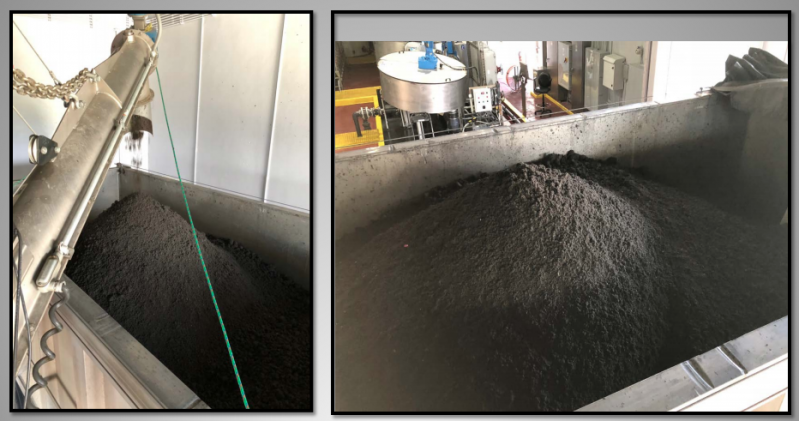
The process today trucks unclassified Biosolids to a designated biosolid application site that processes it further.
Media
Taxonomy
- Drinking Water Treatment
- Water Reuse & Recycling
- Water Treatment & Control
- Wastewater Treatment
- Wastewater Treatment Plant Design
- water treatment